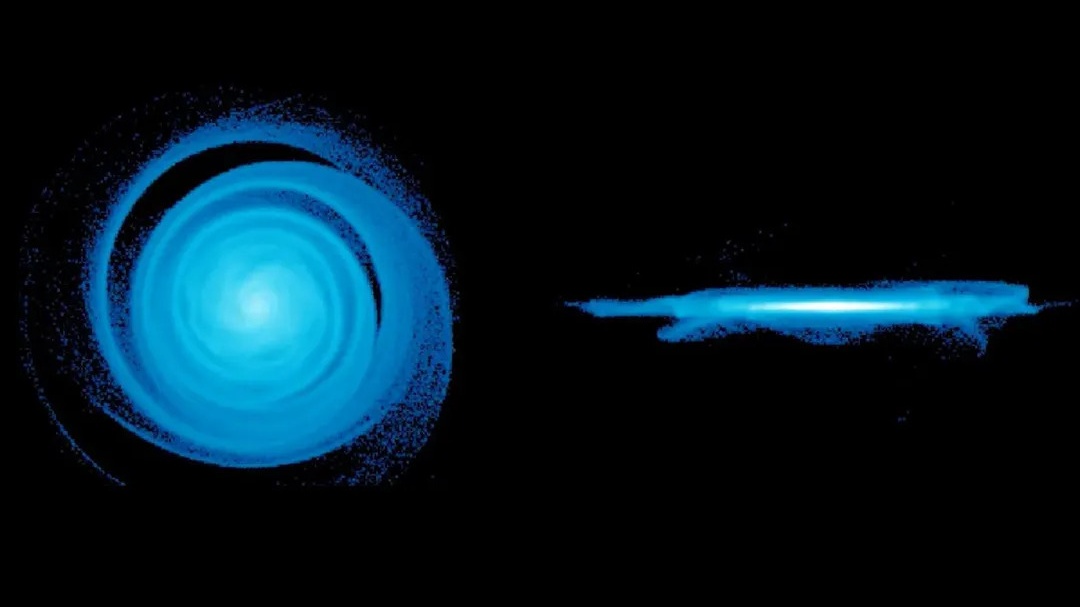
Observations have revealed the first-ever seismic waves seen in an ancient galaxy, possibly offering new insight into the origins of our very own Milky Way.
The galaxy, known as BRI 1335-0417, is more than 12 billion years old, making it the oldest and farthest known spiral galaxy in our universe. Using the Atacama Large Millimeter/submillimeter Array (ALMA) radio telescope in Chile, researchers studied the motion of gas around the galaxy and, in turn, captured the formation of a seismic wave. Such phenomena has never been observed before in such an early galaxy, according to a statement from the Australian National University.
"Specifically, we were interested in how gas was moving into and throughout the galaxy," Takafumi Tsukui, lead author of the study from the Australian National University, said in the statement. "Gas is a key ingredient for forming stars and can give us important clues about how a galaxy is actually fueling its star formation."
Related: See the highest-resolution image ever snapped by ALMA radio telescope
The ALMA observations show the galaxy's disk — composed of rotating stars, gas and dust — exhibiting ripples like those that'd spread out across a pond after you throw in a rock. The team believes these ripples are likely the result of external factors such as new gas streaming into the galaxy or interactions with smaller neighboring galaxies.
"Both possibilities would bombard the galaxy with new fuel for star formation," Tsukui said in the statement.
The researchers also observed a bar-like structure in the galaxy's disk — the most distant known structure of its kind — which can disrupt the motion of gas in spiral galaxies and transfer it toward the galactic center, Tsukui said.
BRI 1335-0417 represents an ancient galaxy from when the universe was just 10 percent of its current age. However, spiral structures are rare in the early universe, so researchers targeted BRI 1335-0417 to better understand how such galaxies form and how gas is supplied to fuel their rapid star formation.
"Early galaxies have been found to form stars at a much faster rate than modern galaxies,” Emily Wisnioski, co-author of the study, said in the statement. "This is true for BRI 1335-0417, which, despite having a similar mass to our Milky Way, forms stars at a rate a few hundred times faster."
The ALMA observations, combined with computer simulations, help piece together the evolution of BRI 1335-0417, including its accumulation of gas and subsequent star formation.
Their findings were published Nov. 23, 2023 in the Monthly Notices of the Royal Astronomical Society.






